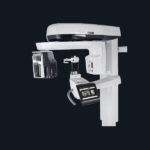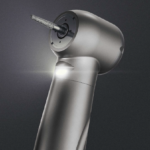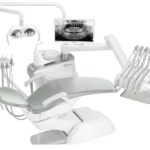
Do you know the difference between metal and ceramic braces and how they can be compared to Invisalign treatment? All these braces are a bit different, both worn and made differently. It is essential to know that they are made from various materials explicitly designed for your teeth and mouth. Stainless steel is one of the commonly used materials for metal wires.
You would be surprised to know that metal braces are more comfortable today than ever. Moreover, these braces are made of high-grade stainless steel. They can straighten your teeth using metal brackets and archwires. But with these dental braces, you can add colored rubber bands or elastics for a more colorful and unique smile.
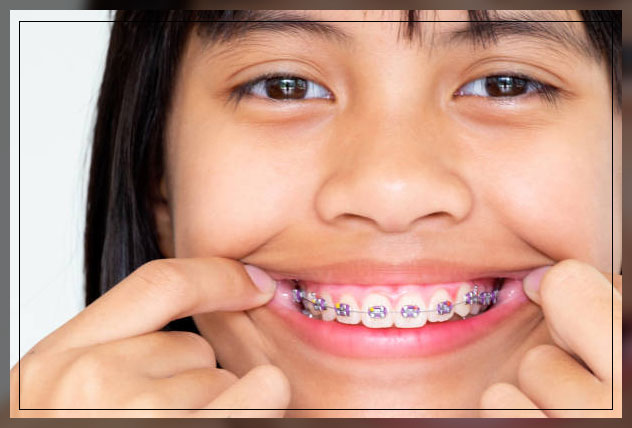
Even in this modern era, traditional braces or the metal ones are still the most popular, quickest, and most cost-effective orthodontic treatment you can avail of today. Although you also have other treatment options for those in your teens, metal braces are the most effective. With the colored ligature elastics, you can show off your personality. To know more about the topic, keep reading.
What Are Braces Made Of?
You must be aware that braces are made of many different types of materials. But most often, they are made of titanium alloys combined with chromium and nickel.
Additionally, chromium-nickel-cobalt alloys are also prevalent. The materials used are very different from what was used before. At times, your dentist may use precious metals to prepare the area.
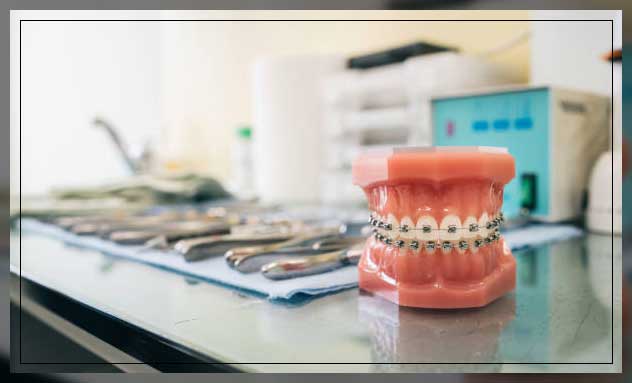
Some companies may use gold as the only material for the brackets. Usually, these expensive alloys are developed to have high biocompatibility and corrosion resistance.
Biocompatibility – is a feature of the material such that it will not irritate your mouth. In addition, orthodontics works by having a controlled inflammation of the periodontium. In addition, the material of the braces should also be such that – they do not irritate your mucous membranes. Simply worn, they should not tax your body more than necessary.
Stainless Steel Used In the Braces
Stainless steel fixed appliances or braces are composed of small stainless steel squares – you know them as brackets. These brackets are bonded with composite resin. It is a kind of dental adhesive that bonds directly to the enamel surfaces of your teeth.
Your dentist will carefully apply a layer of dental “sealant” to ensure the safe placement and removal of these appliances. The step will help preserve the enamel.
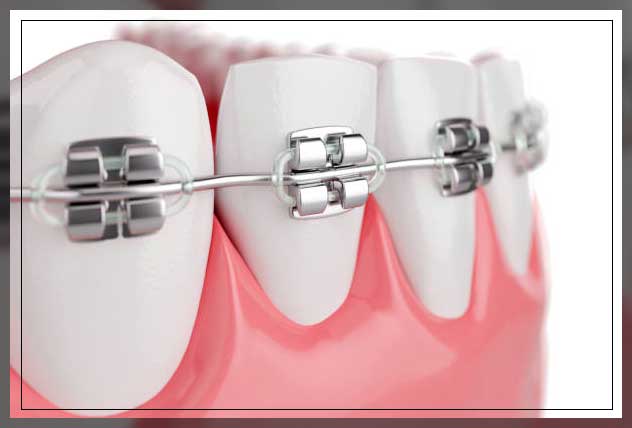
Bands or stainless steel rings with braces are then welded to the steel. They are often used on the posterior teeth, which ensures appliance retention. The braces alone do not move teeth; they are simply stable guidance mechanisms. The braces actually allow the wires and other accouterments to affect the actual tooth movement – like the wires, chains, elastics, coil springs, and other devices.
Why Are Braces Made of Metal?
You all know that metal has been used to fine-tune your smiles since ancient times. In Egypt, archaeologists have found evidence of gold wires attached to teeth – dating even as early as 2500 BC.
But it was only in the 19th and early 20th centuries that orthodontic innovation – picked up speed. Only in 1928, the American dentist Edward Angle published a series of dental articles describing what came to be known as the “edgewise appliance”. It had the fundamentals of braces we know today. But was much clunkier, with wide metal bands wrapped around every tooth.
Today we have newer, gentler options, like plastic aligners. But many dentists still choose versions of this tough hardware to capitalize on metal’s chomper-pulling power.
The modern braces available today consist of three main parts: brackets, archwires, and ligatures. Your dentist will glue the rectangular brackets, usually metal, to each tooth. These pieces or brackets act like sophisticated handles, enabling your teeth to move precisely.

Archwires, one for your top teeth and one for your bottom set row. They extend from the left side of your jaw to the right and fit through slots in the brackets. They guide your teeth to straighten out over time as they apply force.
The ligatures – are made from a range of materials, including stainless steel and colorful plastic ties. They bind the archwires to the brackets.
History of Metal Braces
Orthodontists had the quest to select metals with the best mechanical properties like formability or stiffness. The purpose is to align the teeth as required. Do you know that gold was the staple for archwires until the 1930s? But over the years, it was universally abandoned for stainless steel by the 1960s. The silvery substance was stiffer, more resistant to corrosion, and could be fashioned into smaller, less noticeable braces.
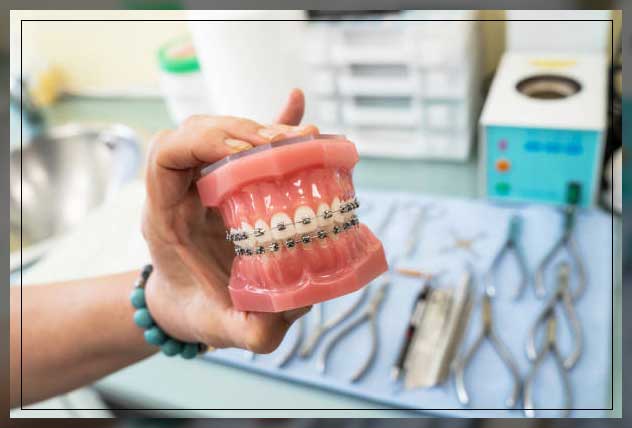
Towards the end of the 20th century, the practice shifted toward highly flexible archwires. These archwires were mostly made of a nickel-titanium alloy. Even today dentists often select these tools when starting a treatment to correct your crooked smile.
They may then swap them with stainless steel or beta-titanium alloy archwires to move your teeth and surrounding bone together. The reason being this method works more quickly.
But as in many other everyday dental products, metal soon gave way to synthetics. In 1999, Invisalign came to the market with one of the first clear plastic aligners. Its approach is quite similar but it uses multiple molds to straighten your grin in small doses.
Plastic aligners indeed provide a more aesthetically pleasing option. But dentists still opt for metal braces because they provide more control and force to align teeth. Unlike metal, plastic aligners cannot exert as much force in aligning your teeth.
The Importance of Stainless Steel in Metal Braces
Are they all made of the same material? Usually not. In some systems, the brackets, wires, and wires are made from the same material. It is important to understand that the archwire is very often made of a stainless steel alloy.
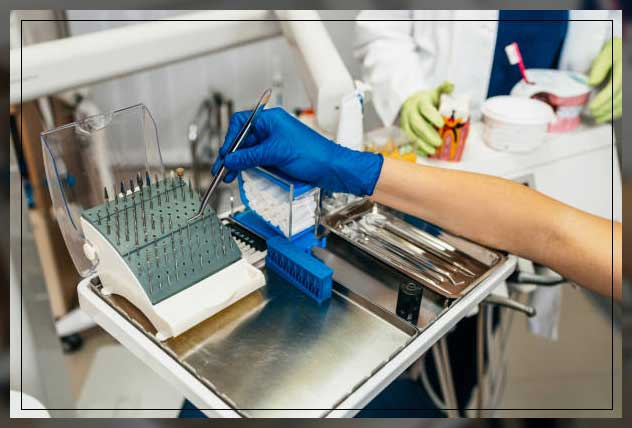
The reason being stainless steel alloy is one of the most flexible metals. The wires and brackets should be just hard enough that it pulls the teeth in the necessary direction. Meaning the wires and brackets should apply the appropriate amount of force.
The archwire is the key player of these braces. It sets the general direction for teeth alignment. Therefore, the archwire needs to be both firm and flexible. So the best option is steel alloys. The braces’ wire can be made of other materials, too – nickel and chromium are also used in the alloy itself.
Metal Braces – What Are They Made of?
You might have seen people wear metal braces. You also know that they make your teeth straighter. But you might ask how? It takes a bit of science and the right orthodontic appliance – to make your smile beautiful.
In the case of the most common type of braces, like metal braces, you will have a stainless steel material shaped into specific orthodontic parts. Most often, your dentist and the team will mold those parts and shape them in a lab. In the end, they will be shipped to your dentist’s clinic.
Nowadays, most dental labs do custom-made brackets and wires for patients when needed. However, most braces have a specific design. Different parts include:
1. Brackets:
They are stainless steel pieces or brackets shaped like little squares that bond to the middle of each tooth. With special bonding glue, your dentist will place them on your teeth for the entire duration of your treatment. Do not worry, as they come off quickly with suitable orthodontic material.
Brackets are small anchors that hold a wire in place. They have tiny rubber elastics placed around them. The elastic material will help protect your teeth and prevent stuck food.
2. Archwire:
They are metal wires that will pass through the brackets on each tooth – that run on the back of your mouth. Many individuals have a bracket that wraps around the back molar as it stabilizes this archwire.
The wire is designed such that it follows the curve of your jaws in an elongated circle. If your dentist places a thicker archwire, it can help move your teeth into place faster because of the force placed on the brackets.
3. Ligature Elastics:
They are the rubber elastics used to set the brackets. The elastics keep the archwire sturdy. It helps to straighten your teeth over a period of time. Ligatures are usually colored ties that hold the archwires to the brackets. Your dentist might change the ligatures at each visit.
Conclusion
You should choose an expert orthodontist who uses state-of-the-art tools. Today, there are many options for braces treatment. Whichever you choose, it is essential to remember that all these orthodontic appliances are tools in the hands of your dentist. The most critical part of achieving straight teeth is always your licensed, experienced orthodontic provider.
Make sure to find a dentist who specializes in orthodontia, not a general dentist who will treat general cases. It is best to look around your neighborhood for the best orthodontic provider with the best reviews and experience. After all, your smile is precious, and hence it deserves the very best dental care.


